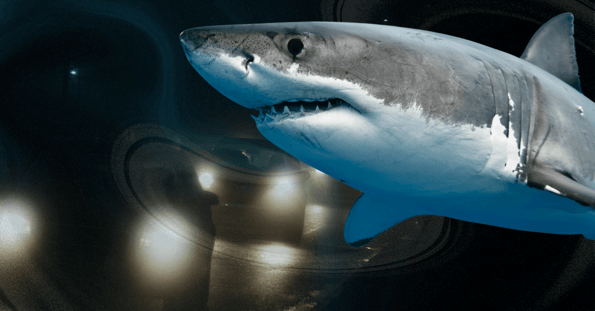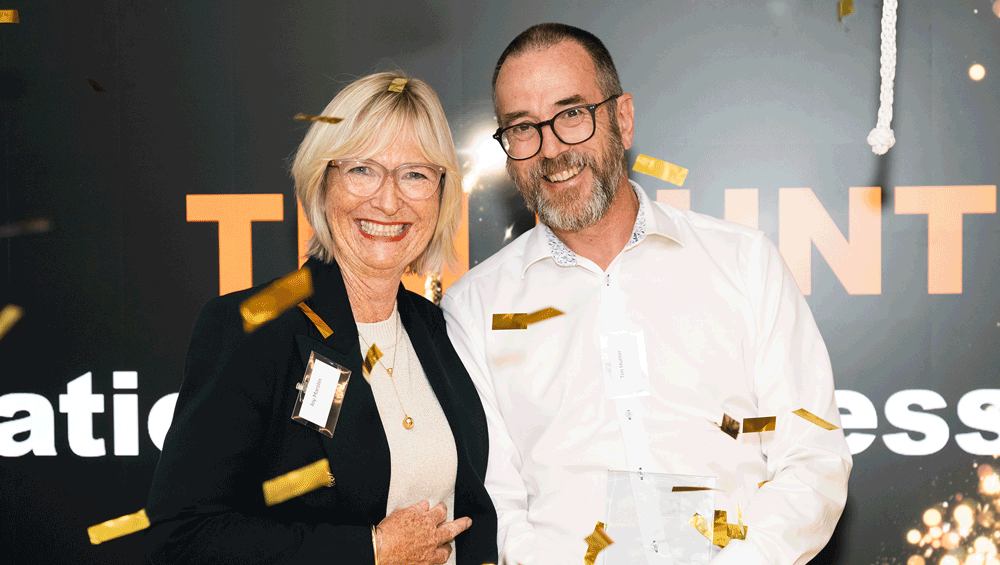
When Steve Mackenzie and Laura Drake bought three alpacas as a hobby, they had no idea that five years later they would have around 60 animals and be running popular walks with alpacas and llamas in the grounds of their home at Bardsea on the Furness peninsula in Cumbria. They now have one of the largest herds in the county and Steve says: ‘When we first got them, I started to put some photographs on Instagram for friends; it grew from there and we have now been named as the number one activity in the area on Tripadvisor.’ A visit to Bardsea Alpacas and Llamas begins with a warm welcome and a meet and greet session presented by Steve, as Lancashire Life discovered .
He gives visitors a relaxed and humorous introduction to some of the animals and explains how to handle and stroke them. The animals all have their own unique personality and are carefully matched with the people who walk with them who are each given a bag of treats and shown how to feed them. Laura and student Imogen Sutcliffe, who is training to be a vet and has taken a student placement at the attraction, harness the animals with head collars and leads and bring them into the paddock.
Seven-year-old Perry. (Image: Emily Rothery) The animals are males of all sizes and colours, from Cosmos a large Appaloosa llama who has an unusual spotted coat, to little alpaca Arcade. The animals are quite at ease with people and like to be stroked on their necks but on their own terms.
Walking with alpacas and llamas gives a unique insight into a fascinating herd dynamic. Bruno is the character of the herd. ‘He’s wired a bit differently from the others and is a bit like a drunk who won’t leave you alone in the pub’, says Steve.
Comet, who is top of the herd pecking order, is chosen to lead the walk. There are about 12 of us in the group, a mix of locals and tourists, chatting happily and ready to go. I am given Perry, a seven-year-old alpaca who is described as a bit of a character, but he behaves well as we walk at a leisurely pace around the tranquil fields with views out to Morecambe Bay.
Steve says they started with walks on the beach, which the animals loved as they could have a paddle, but too many dogs became a problem as alpacas and llamas don’t like dogs. They are part of the camel family and originate from South America and can live happily in this country but need to be given Vitamin D injections because of the shortage of sunlight, especially in the winter. They can live outside all year with access to a shelter.
Starting the walk. (Image: Emily Rothery) It’s clear Steve and Laura know the individuals in the herd well and are passionate about giving them the best possible care. Only the males walk as the females mostly have young, are pregnant or ready to breed, which can happen at any time of year.
Llamas and alpacas are cousins that can cross breed and create fertile offspring but Steve and Laura only mate alpacas to alpacas and llamas to llamas. Having mated, the female will meet the male again after two weeks and, incredibly, if she is pregnant will intuitively spit in his face to let him know she has conceived. This is called ‘spitting off’ and is a highly reliable pregnancy test.
The baby cria will be born about 11 and a half months later. Births are rarely complicated, and the babies are soon on their feet and quickly become part of the herd, or are sold on to new homes after they have been weaned. Get inspiration for more amazing things to do inside the latest edition of Lancashire Life After the walk, the leads are taken off the males so we can spend some time with them before visiting the female herd who run to us, looking for treats.
Laura processes most of the fleece and makes items which are for sale. ‘I use mostly alpaca fleece as it is so soft and fine,’ she says. ‘We also send some to the mill which we get back as yarn to sell.
’.













